
![[sort:pic]](/template/default/images/banner/3-3.jpg)

Lean management provides customers with high-quality services and a visible panoramic view of the prosperous era.
Share
China and U.S. Reach Reconciliation: Geneva Trade Talks "Break the Ice" in Bilateral Relations
Preface
From May 10 to 11, 2025, senior officials from China and the United States held a two-day trade talk in Geneva, Switzerland, aimed at easing tariff disputes. Both parties agreed to mutually reduce tariffs within the next 90 days and establish a permanent consultation mechanism to prevent future trade conflicts. The market responded positively, with Asian stock markets and commodity prices rising. A joint statement from the meeting is expected to be officially released in the coming days, laying the groundwork for further negotiations.
Background and Attendees
Time and Location: May 10–11, 2025, Geneva, Switzerland
U.S. Delegation: Led by Treasury Secretary Scott Bessent and Trade Representative Jamieson Greer
Chinese Delegation: Led by Vice Premier He Lifeng and Vice Minister of Commerce Li Chenggang
Primary Goals: Reduce mutual tariffs, ease the trade war, and establish a permanent dialogue mechanism to prevent future disputes
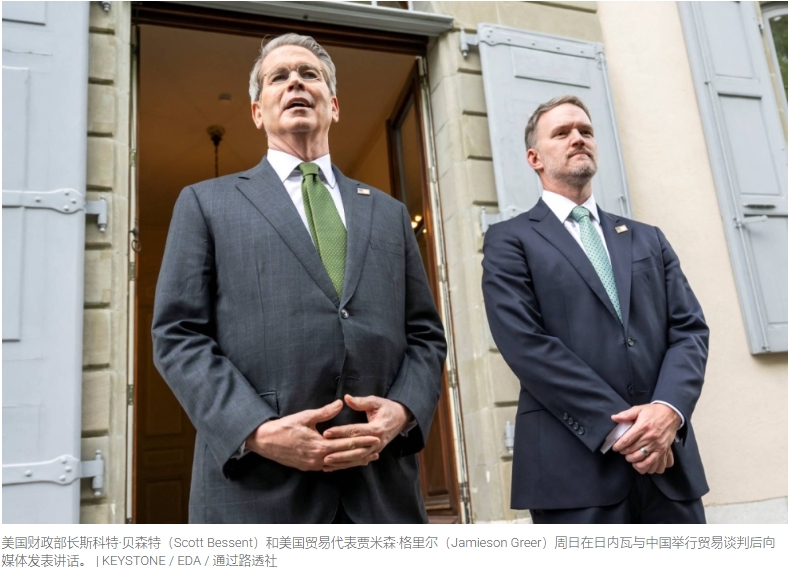
U.S. Tariffs on Chinese Goods Reduced from 145% to 30%
1. Core Adjustments to Tariffs
Starting at 00:01 Eastern Daylight Time (EDT) on May 14, 2025, all goods imported from China (including Hong Kong and Macau) will be subject to an additional 10% tariff.
On March 4, 2025, the U.S. imposed a 20% "Fentanyl" surcharge on all Chinese products. This surcharge is calculated separately and added to the base tariff, unaffected by other adjustments.
Final U.S. tariff on Chinese goods: 10% additional tariff + 20% Fentanyl surcharge = 30% tariff.
Effective Date: The new tariffs take effect at 00:01 EDT on May 14, 2025. All goods declared or withdrawn from bonded warehouses at or after this time will be subject to the new rates.
2. Adjustment Details
• 24% Tariff Suspension: For 90 days from the agreement's effective date (until around August 10, 2025), the previously imposed 24% tariff will be suspended.
• Additional Tariffs Revoked: The additional tariffs imposed by Executive Orders 14259 (April 8, 2025) and 14266 (April 9, 2025), which raised rates from 34% to 84% and 125%, respectively, will be fully canceled—a total reduction of 91%.
• Harmonized Tariff Schedule (HTS): The HTS will be updated to reflect a base rate of 34% (with 10% retained for suspended portions), replacing previous rates as high as 125%.
• Small Parcel Tariffs: Tariffs on small parcels (below a certain value) related to synthetic opioid supply chains will be reduced from 120% to 54%. A $100 duty-free allowance per mail item will remain.
• Exempted Goods: Consumer electronics (e.g., Apple, Samsung products) and semiconductor equipment are among 20 categories exempt from "reciprocal tariffs" but will still be subject to a 20% tariff under Executive Order 14195.
Special Reminder:
All import declarations and bonded warehouse withdrawals after 00:01 EDT on May 14, 2025, must apply the new rates of 10% (or 54% for low-value parcels). Previous declarations or withdrawals are not eligible for the new rates.
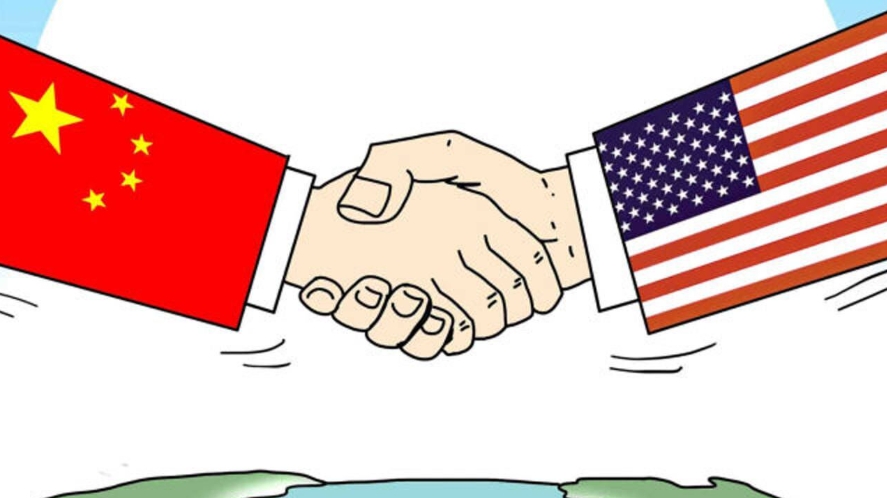
Chinese Tariffs on U.S. Goods Reduced from 125% to 10%
1. Adjustments to Countermeasures
China's Ministry of Finance announced that, starting at 12:01 Beijing Time on May 14, 2025, additional tariffs on all U.S. imports will be uniformly reduced to 10%. The retaliatory tariffs previously imposed in three phases (totaling 125%) will be suspended for 90 days.
• From 34% to 10%: The additional tariffs imposed in early April will be reduced from 34% to 10%.
• 91% Suspension: The previously imposed 57% and 34% tariffs (totaling 91%) will be suspended.
• 10% Base Tariff Retained: A 10% base tariff on U.S. goods will remain in place.
2. Rules and Exceptions
• Scope: All U.S.-origin goods entering China through customs (including general trade, postal imports, and bonded zone withdrawals) will be subject to the 10% base tariff.
• Special Note: Commercial shipments (e.g., UPS, FedEx) will no longer qualify for small-value duty-free thresholds.
Dynamic Adjustment: If no new agreement is reached after the 90-day suspension, China may reinstate a 24% tariff, bringing the total rate back to 34% (24% + 10%).
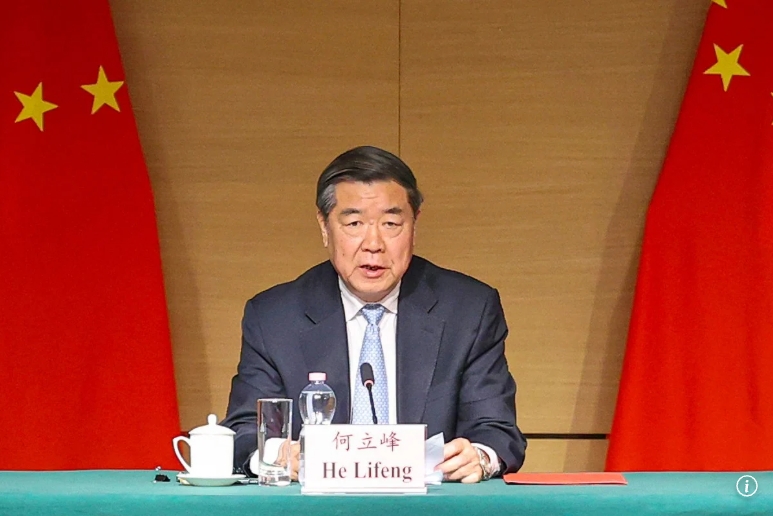
U.S.-China Permanent Trade Consultation Mechanism
Permanent Consultation Mechanism
The two sides will establish a new "U.S.-China Permanent Trade Consultation Mechanism" with a three-tier structure:
⒈ Vice-Premier-Level Regular Meetings
⒉ Minister-Level Emergency Consultations
⒊ Bureau-Level Specialized Dialogues
This mechanism will track implementation, resolve disputes, and serve as a platform for deeper trade agreements. Future tariff adjustments may follow based on negotiations. For example, institutions like Citigroup predict that U.S. tariffs on Chinese goods could gradually drop to 45%, depending on further talks.
Joint Statement and Follow-Up Arrangements
• Official Release: A joint statement detailing tariff adjustments and the consultation framework will be released in Geneva around May 12, 2025.
• Next Round of Talks: Scheduled to take place in Washington, focusing on market access, intellectual property protection, and other structural issues.
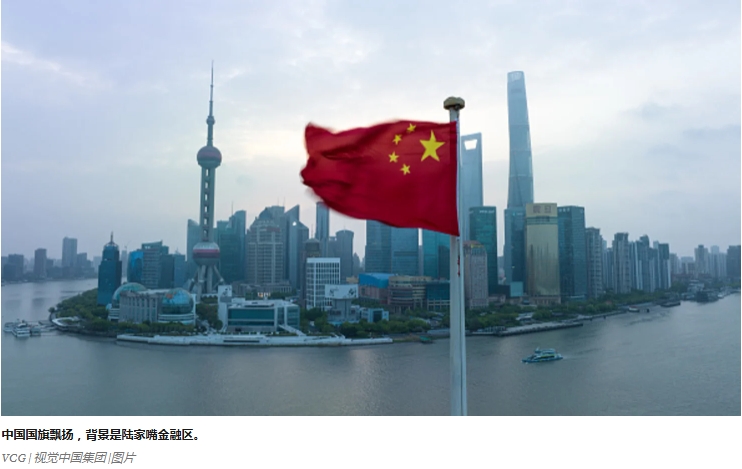
Market and Political Reactions
Market Response
• U.S. Stocks: The three major indices rebounded sharply, led by tech stocks.
• Asia-Pacific Markets: Mixed performance—Hong Kong's Hang Seng Index fell 1.74%, while Japan's Nikkei 225 rose 1.71%.
• Business Costs: Some industries still face high tariffs (e.g., running shoes: 47% vs. previous 17%).
• Shipping & Logistics: Trans-Pacific freight volumes are expected to surge, potentially causing short-term spikes in shipping costs and port congestion (e.g., Los Angeles).
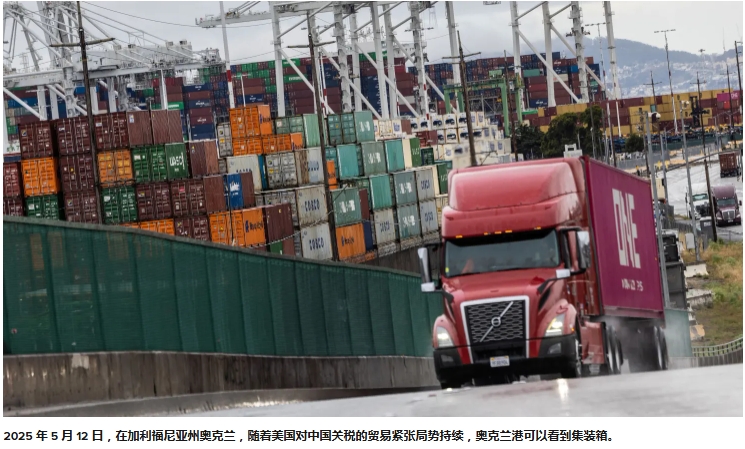
Industry Dynamics
• Toys & Consumer Goods: The tariff easing ensures products reach shelves in time for Christmas. The U.S. National Retail Federation reports that nearly 20% of annual retail sales occur during the holiday season.
• E-Commerce Platforms: Companies like Shein and Temu can use the 90-day window to restock U.S. warehouses at lower costs.
• Chemicals & Raw Materials: Urgent restocking needs for items like phosphoric acid and vitamin C.
• Retail & Manufacturing: Small businesses and consumers may still face price pressures due to residual high tariffs.
Global Ripple Effects
• China Diversifies Imports: Increased soybean purchases from Brazil to reduce reliance on the U.S.
• Regional Cooperation: The China-Latin America Economic Forum boosts South American agricultural exports to China.
• Shipping Strategy Adjustments: The Suez Canal offers a 15% discount for container ships to attract Red Sea route traffic.
Political Statements
• U.S.: President Trump hailed the talks as a "complete reset" and hopes for greater U.S. business access to China.
• China: Vice Premier He Lifeng described the negotiations as "open and constructive," expressing willingness to expand cooperation.
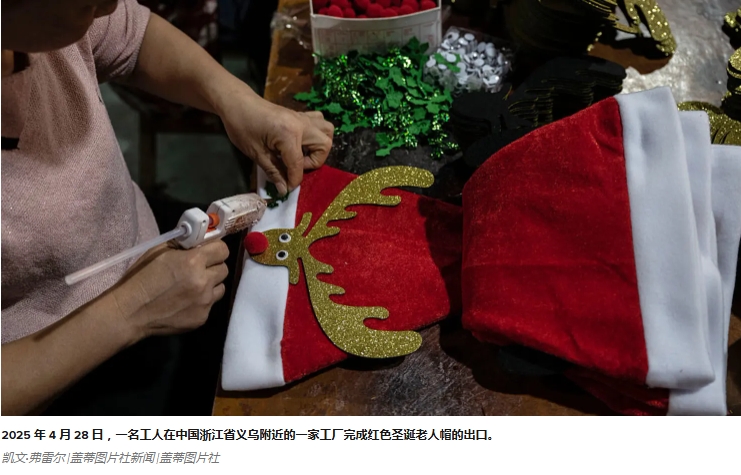
SS Group Stands With You
In these turbulent times of shifting tariffs, Prosperity Group remains your steadfast partner.
Prosperity Group Global Logistics specializes in:
• U.S. customs clearance and transportation
• Amazon FBA logistics
• Third-party warehousing services
Headquartered in Los Angeles, we are a U.S.-based customs brokerage with over 40 years of experience and a dedicated team of bilingual professionals. We provide up-to-date insights and tailored solutions to navigate the complexities of cross-border e-commerce.
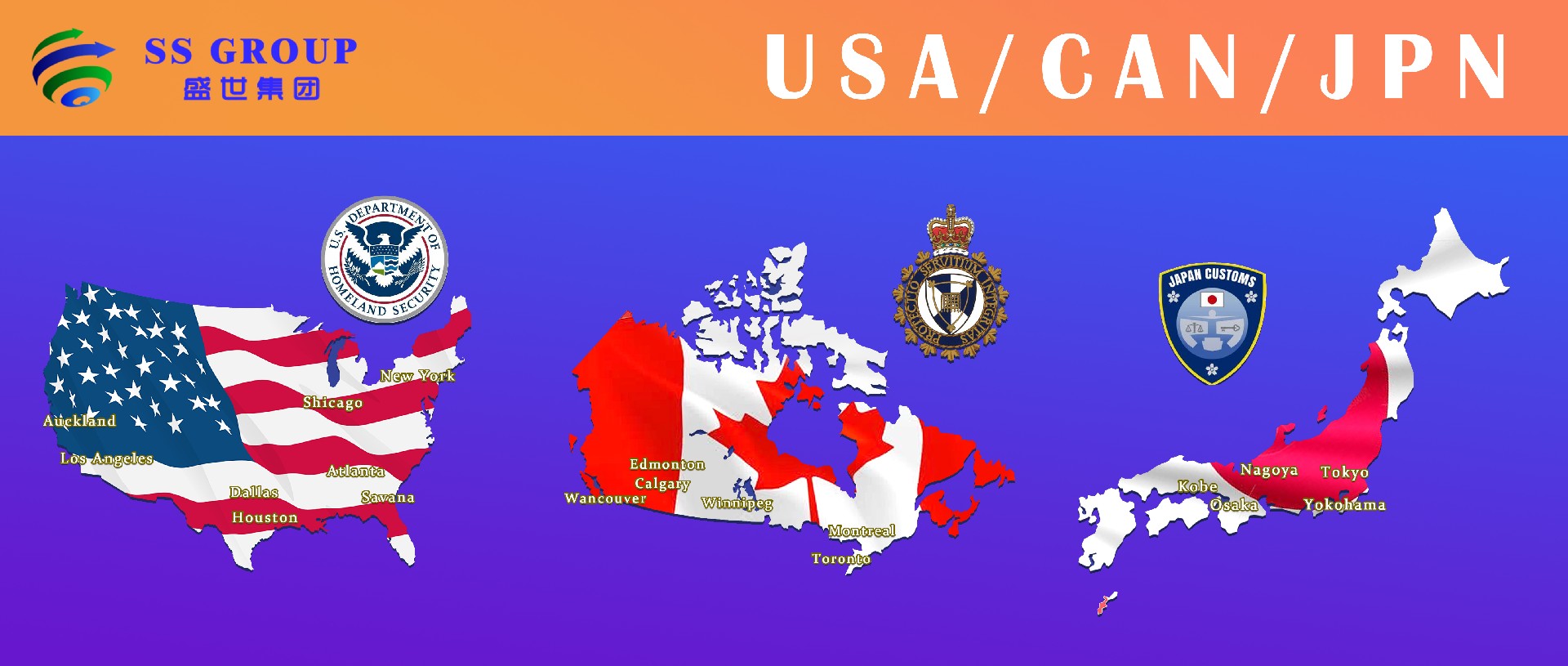
Our Services
⒈ Customized Clearance Strategies:
▫ Tariff planning and document preparation
▫ Customs declaration and tax payment
▫ Post-clearance logistics coordination
⒉ End-to-End Support:
▫ Focus on your core business while we handle the intricacies of trade compliance.
In this challenging tariff environment, choosing SS Group means choosing expertise, efficiency, and peace of mind. We are committed to safeguarding your shipments and helping you thrive in the global market.
Together, we will overcome challenges and achieve greater success !